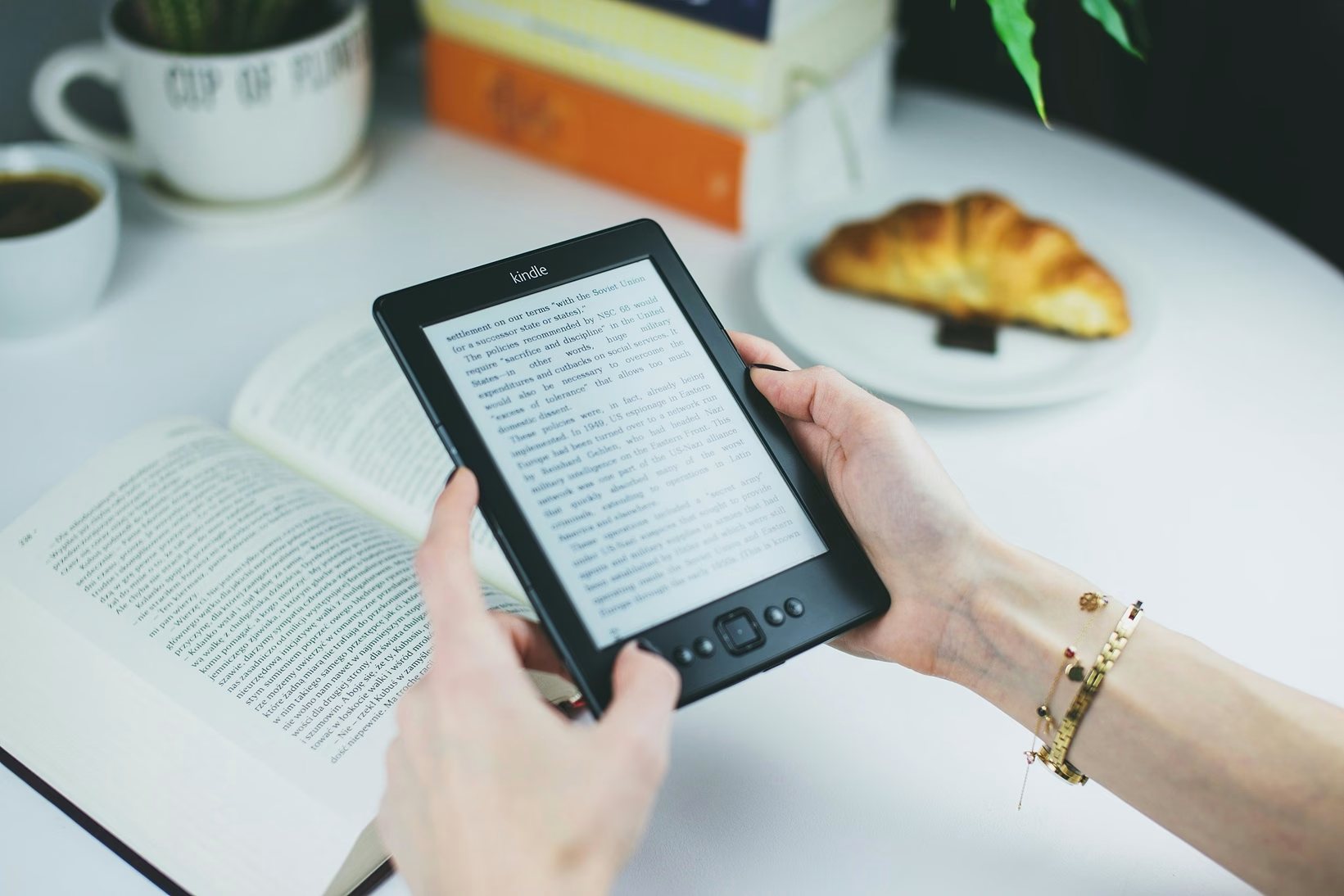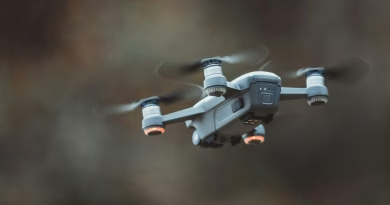Samsung One UI vs. Google Pixel UI vs. iOS: Which Phone OS Gets It Right in 2025?
It’s no longer just Android vs. iOS. In 2025, Android comes in flavors — and the differences between Samsung’s One UI, Google’s Pixel UI, and Apple’s iOS are more apparent than ever.
All three are powerful, polished, and packed with features. But depending on your habits — productivity, aesthetics, smart home control, or customization — one may fit better than the others.
Here’s a practical, hands-on breakdown to help you decide which mobile OS truly delivers the best experience today.
🎨 User Interface & Visual Design
- Samsung One UI 6.1: Highly refined, colorful, and clean. Large headers, separated sections, and tons of animations. Customization options are deep — but some features feel redundant or hidden.
- Google Pixel UI (Android 14): Minimal, fast, and Material You–themed. Prioritizes clarity and auto-color matching with your wallpaper. Less flashy, more functional.
- iOS 17: Familiar, polished, and now more customizable than ever. Lock screen widgets, interactive elements, and Focus Modes give it a new layer of control — but the overall layout hasn’t drastically changed in years.
💡 Visual Insight: Pixel UI is minimal and calming. One UI is powerful but sometimes cluttered. iOS remains the most predictable and polished — for better or worse.
⚙️ Features & Customization
- One UI: Offers split-screen multitasking, secure folders, advanced battery and memory controls, DeX desktop mode, and endless tweaks. But it comes with Samsung bloatware and duplicate apps.
- Pixel UI: Lightweight but smart. Now with AI-powered call screening, Recorder with real-time transcription, auto-summarize, and Circle to Search. What it lacks in flash, it makes up for in thoughtful AI-driven tools.
- iOS: Gains AI Smart Replies, Apple Intelligence beta, and deeper app privacy. Focus Modes, Shortcuts, and Live Voicemail add control, though many pro features remain locked to Apple’s ecosystem.
🛠️ Customization Tip: One UI is best for tinkerers. Pixel UI is clean and useful with AI at the core. iOS allows customization, but only where Apple permits.
📱 Performance & Stability
- Pixel UI: Optimized for Google’s Tensor chips. Occasionally experiences minor hiccups, especially with background tasks or animations.
- One UI: Feels smooth on high-end hardware, but can lag slightly on mid-range devices. Some animations are slow by design, but transitions are fluid.
- iOS: Snappy across devices — even on older iPhones. Deep integration with hardware makes it highly stable and responsive.
⚡ Speed Verdict: iOS still leads in overall fluidity and app stability. Pixel is fast but occasionally buggy. One UI is responsive but bloated on cheaper models.
🔋 Battery Management
- Pixel UI: Uses adaptive battery and AI-driven app hibernation. Efficient but not the longest-lasting.
- One UI: Offers extreme power-saving modes, deep app usage analytics, and background data restrictions.
- iOS: Optimized for balance. Not as customizable, but background activity is tightly controlled.
🔋 Battery Insight: Samsung gives you the most manual control. iOS is efficient without effort. Pixel is a middle ground, adjusting to your habits over time.
🤖 AI & Smart Features (2025)
- Pixel UI: Circle to Search, Call Assist, Magic Compose, Recorder summaries, and even screen summarization. Google’s AI advantage is most visible here.
- One UI: Bixby is still here (barely), but Samsung’s Galaxy AI features now include live translation, AI-generated wallpapers, and note summarization in Samsung Notes.
- iOS: Apple Intelligence (in beta) is rolling out across iPhones and Macs. On-device Siri upgrades, AI summaries in Mail and Safari, and context-aware actions are impressive but limited in access.
🤖 AI Winner: Pixel UI is the most AI-native experience. iOS shows promise. Samsung is catching up, but relies on cloud and third-party services.
🔒 Privacy & Security
- Pixel UI: On-device processing, app permissions monitor, and automatic call protection. Google puts transparency first, but its ad business raises questions.
- One UI: Offers Knox security platform, secure folders, and sandboxed apps. Excellent tools, especially for enterprise users.
- iOS: Still the gold standard for privacy marketing. App Tracking Transparency, on-device Siri, and Secure Enclave make it tough to beat for everyday protection.
🔐 Privacy Verdict: Apple leads in brand trust and on-device protection. Samsung offers strong enterprise tools. Pixel gives great tools but mixed public perception due to Google’s ad model.
🏁 So, Which One Should You Use?
- Choose Pixel UI if you want a clean, AI-enhanced Android experience that puts smart tools front and center with minimal clutter. Best for tech-savvy users who like simplicity with smarts.
- Choose Samsung One UI if you want maximum control, customization, and features like multitasking, secure folders, and DeX — even if it comes with a bit of bloat.
- Choose iOS if you want polish, stability, and privacy, and you’re deep into the Apple ecosystem. It’s still the most seamless — and increasingly customizable — OS around.




